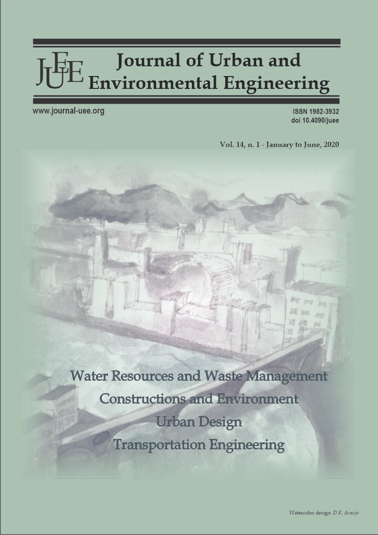FUNCTIONALISM OF WIND RENEWABLE ENERGY IN VERNACULAR ELEMENTS OF WIND CATCHER AND MOSHABAK (CASE STUDY: QESHM ISLAND)
DOI:
https://doi.org/10.4090/juee.2020.v14n1.161-172Abstract
Qeshm, an island in southern Iran, has two significant elements of sustainable architecture—wind catcher and Latticework (Moshabak). So, it can be defined based on its performance-oriented vernacular architecture which results in the wind renewable energy. However, there are few studies on these sustainable elements. The present study attempted to analyze the performance and structure of these natural ventilation systems in the island. In our research methodology, we tried to use the qualitative approach. Initially, we used citation and library sources for gathering information. Later, we visited the site and the native architecture of the island was studied by analyzing and extracting architectural elements from 48 old buildings which are over 70 years old. Moreover, different types of wind energy and Moshabaks used in the island were thoroughly studied. Meanwhile, the temperature during different periods was compared and the height of the wind catchers and their influence on the rate of wind deflector, functional art, and ecology-oriented architecture of the island were evaluated. The results showed that in terms of function, these so-called sustainable native architectural elements have met the natural ventilation requirement appropriately.Downloads
Download data is not yet available.
Downloads
Published
2020-06-07
Issue
Section
Articles




